Brown Kadam Wood Owl Statue
This Wood Owl Statue is handmade by an artisan. A truly unique work of art, lovingly crafted by hand, with hand-carved wood. The natural quality of the wood in this piece is showcased by the care put into carving it. A style of ornamental latticework, usually geometric, traditionally used in Indian architecture. The delicate lattice pattern in this piece pays homage to the Jali architectural tradition. Feathery details embody the wisdom the Owl in this original Statue. Carved by hand from Kadam Wood, the piece is sculpted in classic Jali, or openwork with a tiny owl inside the latticed body. This Owl Statue masterfully demonstrates both contemporary design and ancient technique from India. The art of making sandalwood boxes is extremely intricate and detail oriented, thus requiring skilled workmanship. The intricate carving is done with an iron needle. Eyesight is a particular characteristic of the Owl that aids in nocturnal prey capture. Owls are part of a small group of birds that live nocturnally, but do not use echolocation to guide them in flight in low-light situations. Owls are known for their disproportionally large eyes in comparison to their skulls.
An apparent consequence of the evolution of an absolutely large eye in a relatively small skull is that the eye of the owl has become tubular in shape. This shape is found in other so-called nocturnal eyes, such as the eyes of Strepsirrhine Primates and Bathypelagic Fishes. Since the eyes are fixed into these sclerotic tubes, they are unable to move the eyes in any direction. Instead of moving their eyes, owls swivel their heads to view their surroundings. Owls‘ heads are capable of swiveling through an angle of roughly 270°, easily enabling them to see behind them without relocating the torso. This ability keeps bodily movement at a minimum, thus reduces the amount of sound the owl makes as it waits for its prey. Owls are regarded as having the most frontally placed eyes among all avian groups, which gives them some of the largest binocular fields of vision. Owls are farsighted and cannot focus on objects within a few centimeters of their eyes. These mechanisms are only able to function due to the large-sized retinal image. Thus, the primary nocturnal function in the vision of the owl is due to its large posterior nodal distance, retinal image brightness is only maximized to the owl within secondary neural functions. These attributes of the owl cause its nocturnal eyesight to be far superior to that of its average prey. Brown Kadam Wood Owl Statue measures: 8.25 inches / 21 cm x 4.3 inches / 11 cm x 2.2 inches / 5.5 cm.
Wood Owl Statue on Amazon.
Wood Owl Statue on eBay.
Animals Statues and Owls Statues.


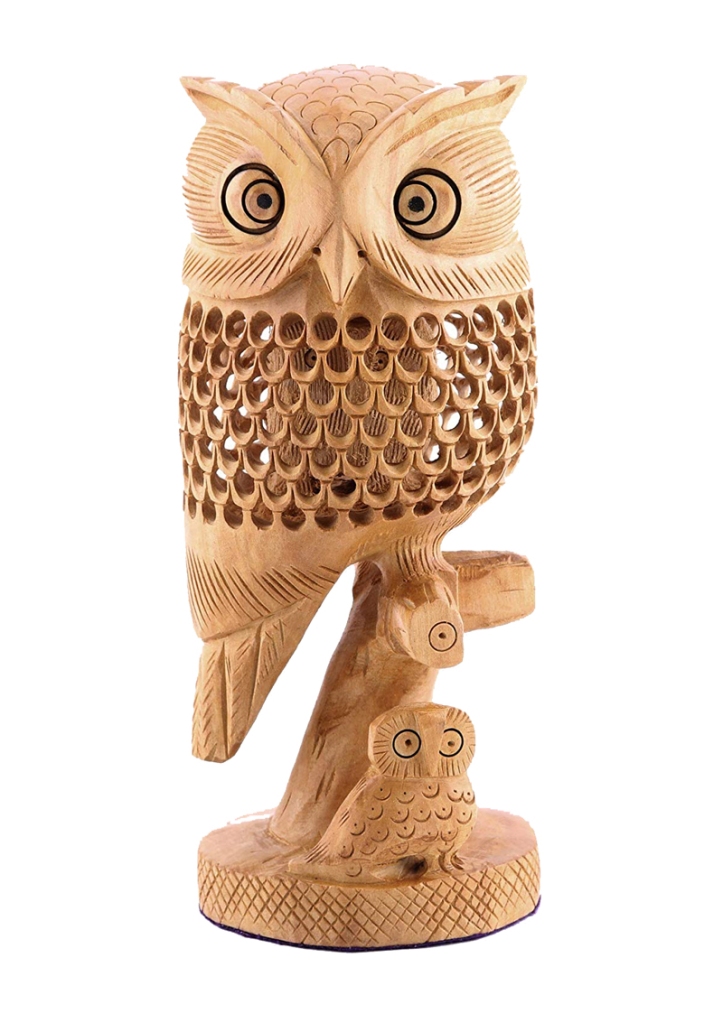




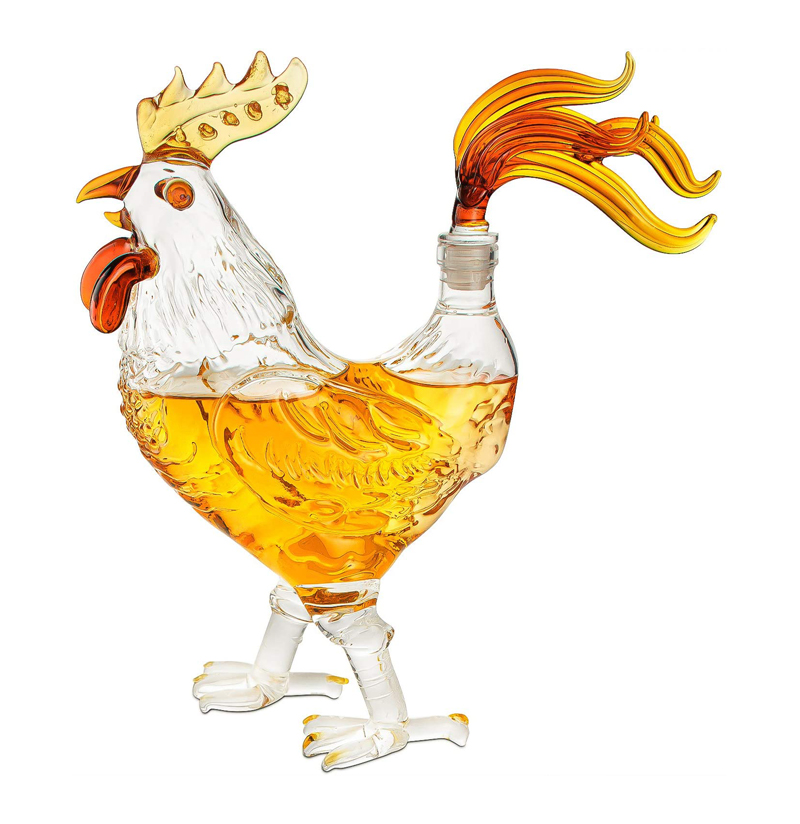

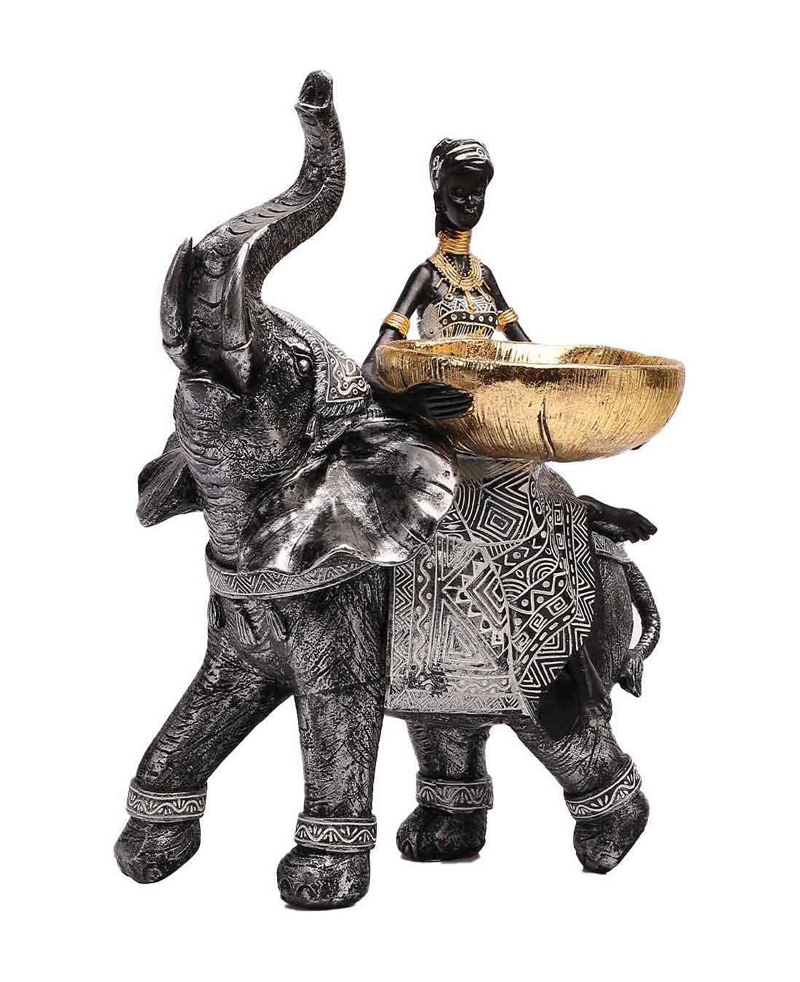
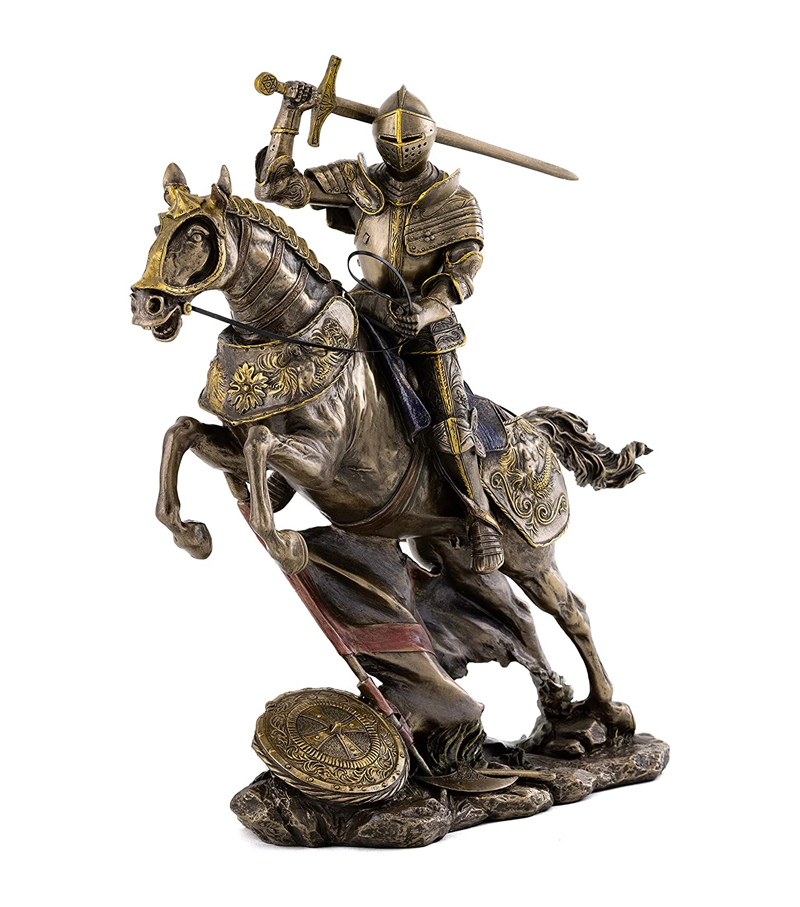

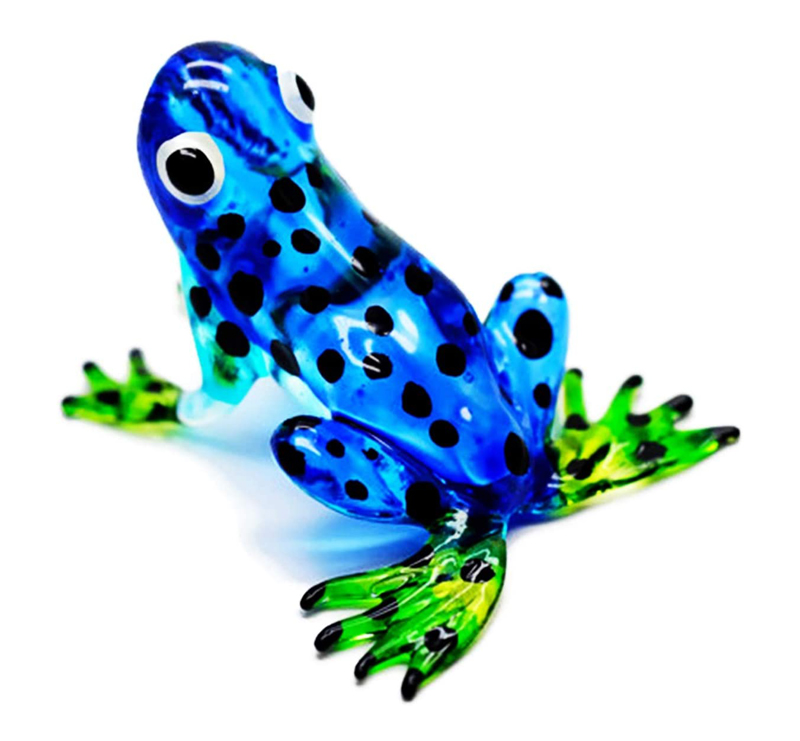
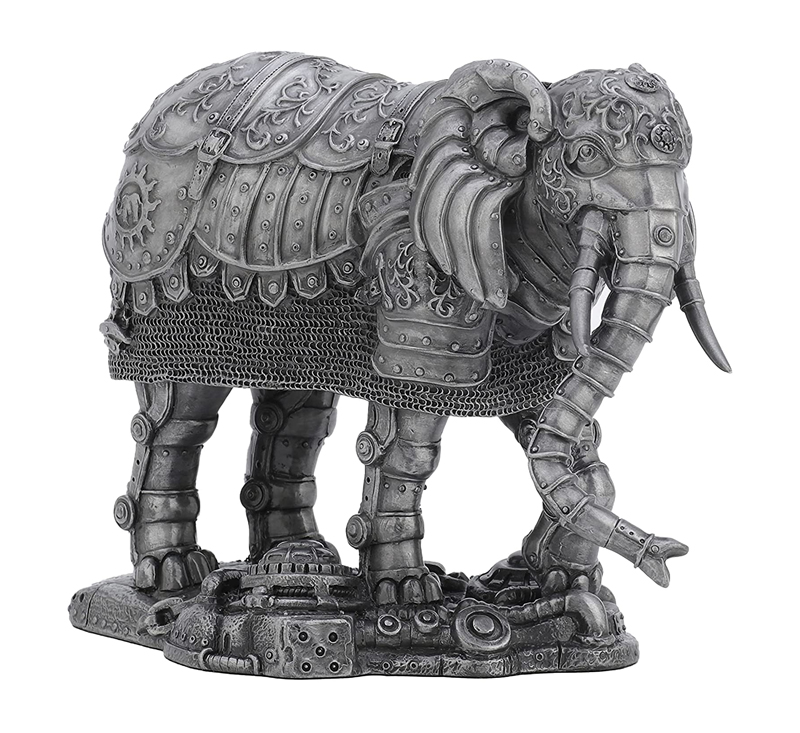

You must be logged in to post a comment.